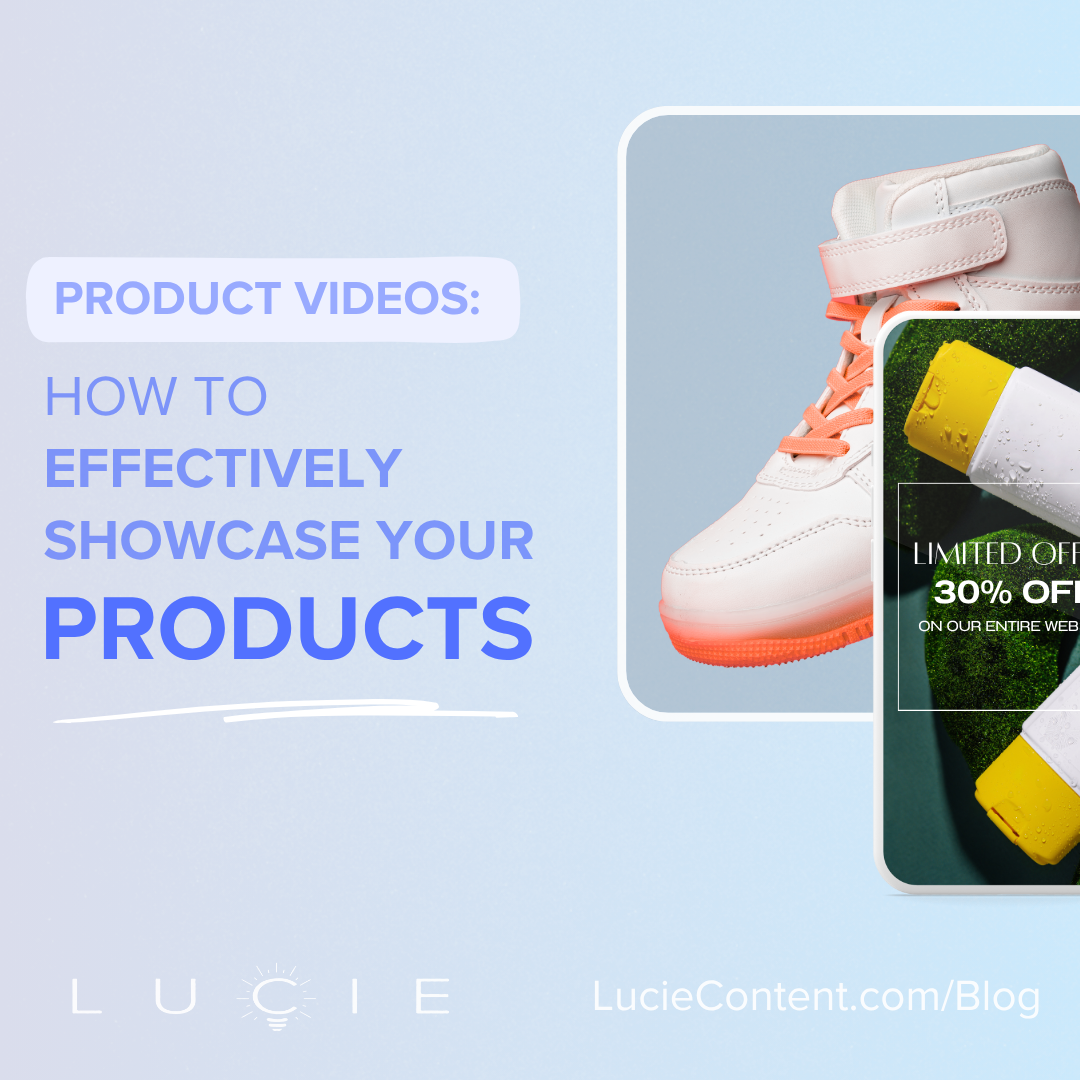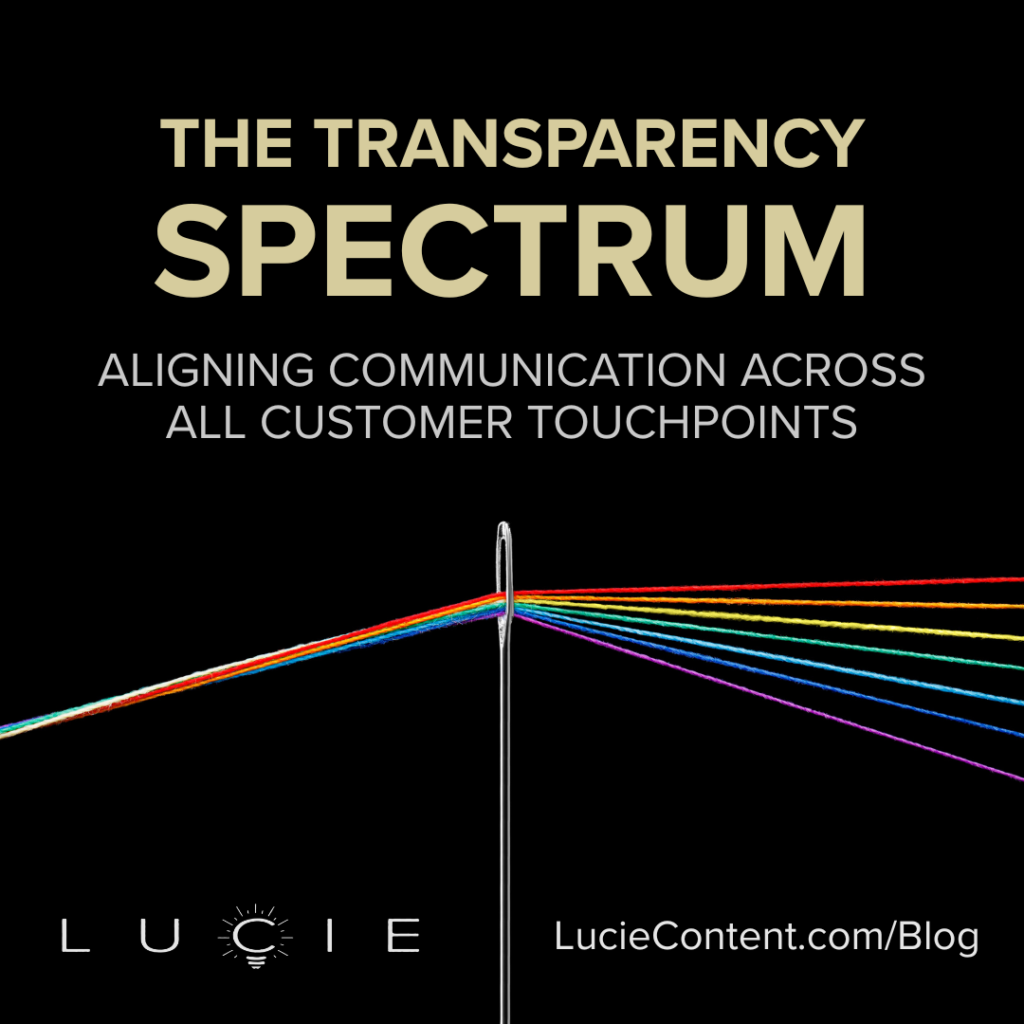In today’s visual-first digital landscape, product videos have moved from a marketing luxury to an essential component of successful sales strategies. Research consistently shows that consumers expect video content when making purchasing decisions, with 73% of shoppers reporting they’re more likely to purchase after watching a product video. This powerful form of content doesn’t just show your products—it brings them to life, demonstrates their value, and creates emotional connections that static images simply cannot match.
However, not all product videos are created equal. The difference between an effective product video that drives conversions and one that falls flat often comes down to understanding the different types of product videos, implementing technical best practices, and distributing your content strategically across platforms. This comprehensive guide will walk you through everything you need to know to showcase your products effectively through video.
Understanding Different Types of Product Videos
Different products and marketing objectives call for different video approaches. Understanding these formats helps you select the most effective option for your specific needs.
Demonstration Videos
Demonstration videos (often called “demo videos”) show your product in action, highlighting how it works and the benefits it delivers. These videos answer the fundamental question: “What does this product do and how does it work?”
Effective demonstration videos:
- Focus on solving specific customer problems
- Highlight unique features and their benefits
- Show the product being used in realistic scenarios
- Keep technical details clear but concise
- Maintain a pace that allows viewers to absorb information
Demo videos work particularly well for products with unique functionality, technical features, or those that require explanation to understand their full value.
360° Product Views
These videos provide a complete view of physical products, allowing viewers to see them from every angle. Unlike static product photography, 360° videos create an experience closer to in-store shopping, where customers can examine items thoroughly before purchasing.
Key benefits of 360° product videos include:
- Reduced uncertainty about product appearance
- Decreased return rates due to improved customer understanding
- Enhanced perception of transparency and product quality
- Higher engagement metrics compared to static images
These videos are particularly valuable for products where aesthetics, design, or physical details are important purchasing factors, such as fashion, furniture, electronics, and luxury goods.
Unboxing and Packaging Videos
Unboxing videos capitalize on the anticipation and excitement of receiving a new product. They showcase the packaging experience from opening the box through the first impression of the product itself.
Effective unboxing videos:
- Highlight thoughtful packaging design
- Demonstrate product protection during shipping
- Show included accessories or bonus items
- Capture authentic first impressions
- Build excitement around the purchase experience
These videos have become especially important for e-commerce businesses, where the unboxing experience serves as a tangible brand touchpoint in an otherwise digital customer journey.
Comparison Videos
Comparison videos place your product alongside alternatives (either your own products or competitors’) to highlight differences and advantages. When done properly, these videos help customers make informed decisions while positioning your product favorably.
Successful comparison videos:
- Focus on objective features and specifications
- Highlight your product’s unique advantages
- Address common customer decision points
- Maintain professional tone rather than disparaging competitors
- Provide clear, fair visual comparisons
These videos are particularly effective for products in competitive markets where customers typically evaluate multiple options before purchasing.
Lifestyle and Contextual Videos
Rather than focusing exclusively on the product, lifestyle videos show the product in real-world contexts, emphasizing the experience and benefits it brings to customers’ lives. These videos create emotional connections by showing how the product fits into and enhances daily experiences.
Effective lifestyle product videos:
- Feature relatable scenarios and settings
- Showcase the product being used naturally
- Focus on emotional benefits and aspirations
- Tell a compelling story beyond features and functions
- Feature authentic representations of your target audience
These videos work well for products where the emotional and lifestyle benefits are key selling points, such as home goods, recreational products, and aspirational brands.
Technical Best Practices for Product Videos
Creating professional product videos requires attention to several technical elements that significantly impact quality and effectiveness.
Lighting Considerations
Lighting is perhaps the most critical technical element in product videos. Poor lighting can make even premium products look cheap or unappealing.
Key lighting best practices include:
- Use three-point lighting (key light, fill light, and back light) to create dimension
- Ensure even lighting that eliminates harsh shadows
- Consider product materials—diffused lighting for glossy surfaces, directed lighting for textured products
- Maintain color temperature consistency for accurate product representation
- Use light to highlight specific features when relevant
For products with reflective surfaces (jewelry, electronics, glassware), consider using a light tent or softboxes to create even illumination without distracting reflections.
Camera Angles and Movement
Strategic camera positioning and movement showcase products from their most flattering and informative perspectives.
Effective approaches include:
- Capture establishing shots that show the entire product
- Include close-ups of important details and features
- Use slow, controlled camera movements for dynamic visuals
- Maintain focus on the product throughout movements
- Consider the product’s primary selling points when choosing angles
For technical products, ensure that instructional elements are shot from the user’s perspective to maximize clarity and understanding.
Background Selection
The background in product videos should complement rather than compete with the product itself.
Background best practices include:
- Use simple, clean backgrounds for complex products
- Ensure sufficient contrast between product and background
- Consider contextual backgrounds for lifestyle products
- Maintain consistent backgrounds across product lines for brand cohesion
- Use depth of field to separate products from backgrounds when appropriate
White or neutral backgrounds work well for product-focused videos, while contextual settings are more effective for lifestyle approaches.
Audio Quality
While visuals are paramount in product videos, audio quality remains important for videos containing narration or product sounds.
Audio considerations include:
- Use directional microphones to capture clear narration
- Consider the importance of product sounds (clicks, closures, operation noises)
- Add subtle background music that matches product positioning
- Ensure narration is paced appropriately for international audiences
- Balance all audio elements for consistent levels
For luxury products, attention to audio details—the solid sound of a car door closing or the subtle click of premium packaging—can significantly enhance perceived quality.
Distribution Strategies Across Platforms
Creating great product videos is only half the battle—strategic distribution ensures they reach your target audience effectively.
Website Integration
Your website should serve as the primary home for your product videos, integrated in ways that enhance the customer journey.
Effective website integration includes:
- Embedding videos prominently on product pages
- Optimizing video loading times to prevent page abandonment
- Including clear play buttons and preview thumbnails
- Adding closed captions for accessibility
- Implementing schema markup for improved SEO performance
Consider adding interactive elements that allow viewers to click directly from videos to purchase pages or related products to streamline the conversion process.
Social Media Platform Optimization
Each social platform has unique specifications and audience expectations for video content.
Platform-specific considerations include:
Instagram:
- Create square or vertical formats optimized for mobile viewing
- Front-load key information within the first 3 seconds
- Design for sound-off viewing with captioning
- Utilize Instagram Shopping tags for direct purchasing
Facebook:
- Optimize for both news feed and Facebook Shop integration
- Create engagement through questions and calls to action
- Consider longer formats for interested audiences
- Utilize Facebook Collection ads that pair videos with product catalogs
TikTok:
- Embrace authentic, less polished approaches
- Create native-feeling content rather than traditional advertisements
- Leverage trending sounds and formats when appropriate
- Focus on quick, attention-grabbing demonstrations
YouTube:
- Develop more comprehensive, detailed content
- Optimize titles, descriptions, and tags for search visibility
- Create product playlists organized by category or use case
- Utilize end screens and cards to guide viewers to related products
LinkedIn:
- Focus on professional applications and benefits for B2B products
- Highlight efficiency, ROI, and business outcomes
- Maintain professional production values
- Include data points and results when possible
E-commerce Marketplace Integration
For products sold through third-party marketplaces, video integration can significantly increase conversion rates.
Marketplace considerations include:
- Adhering to platform-specific technical requirements
- Focusing on differentiation in competitive marketplace environments
- Highlighting product details that address common customer questions
- Creating content that reduces return rates through better understanding
- Optimizing for marketplace search algorithms
Amazon, in particular, has shown that products with video content typically achieve higher conversion rates and reduced returns compared to those with images alone.
Email Marketing Integration
Incorporating product videos into email marketing campaigns can increase click-through rates by 200-300% according to recent studies.
Email video best practices include:
- Using video thumbnails with play buttons rather than embedded videos
- Creating email-specific shortened versions that drive to full content
- A/B testing video content against static images
- Segmenting distribution based on customer interests and behaviors
- Using “Video” in subject lines to increase open rates
Including the word “video” in email subject lines has been shown to increase open rates by 6-19% across various industries.
Measuring Product Video Performance
To continuously improve your product video strategy, establish clear metrics for success based on your specific business objectives.
Key performance indicators to track include:
- View count and view duration (engagement metrics)
- Conversion rate from video viewer to purchaser
- Click-through rates from videos to product pages
- Social sharing and engagement metrics
- Return rate differences between video viewers and non-viewers
Regularly analyzing these metrics allows you to refine your approach, identify successful formats, and optimize distribution strategies for maximum impact.
Conclusion
Effective product videos have become essential in today’s digital marketplace, with consumers increasingly expecting video content before making purchasing decisions. By understanding different video formats, implementing technical best practices, and strategically distributing your content, you can create product videos that not only showcase your offerings but drive measurable business results.
The most successful product video strategies balance creativity with technical quality while maintaining laser-focus on customer needs and questions. Whether you’re highlighting product features, demonstrating benefits, or creating emotional connections, well-executed product videos transform passive browsers into confident buyers by bridging the gap between online shopping and physical product experience.
Ready to elevate your product videos and turn viewers into customers? Contact Lucie Content to discuss how our product video production services can help showcase your products effectively across all digital platforms.











